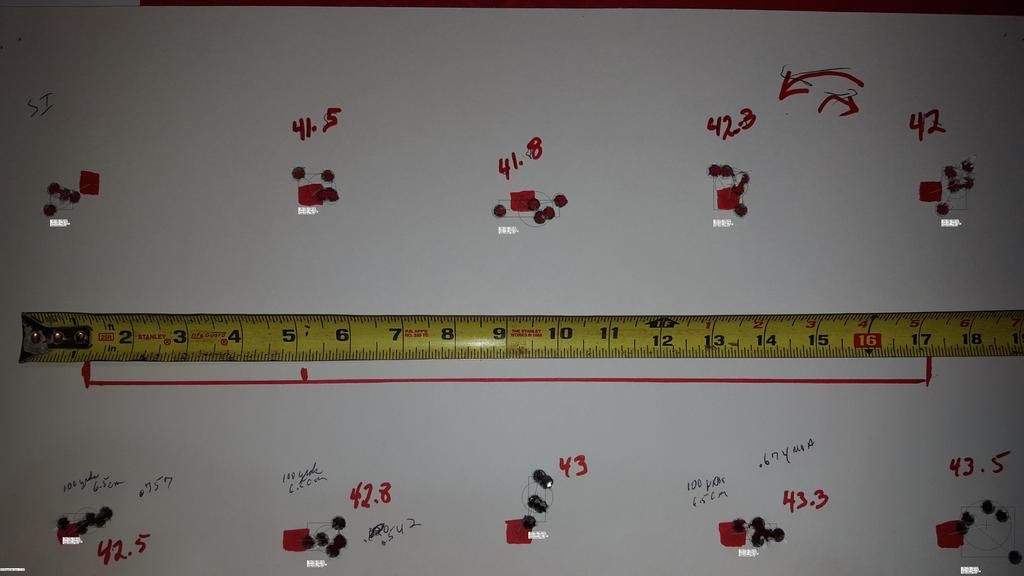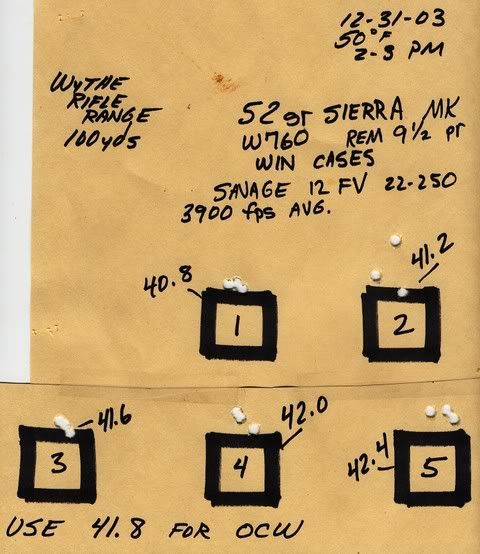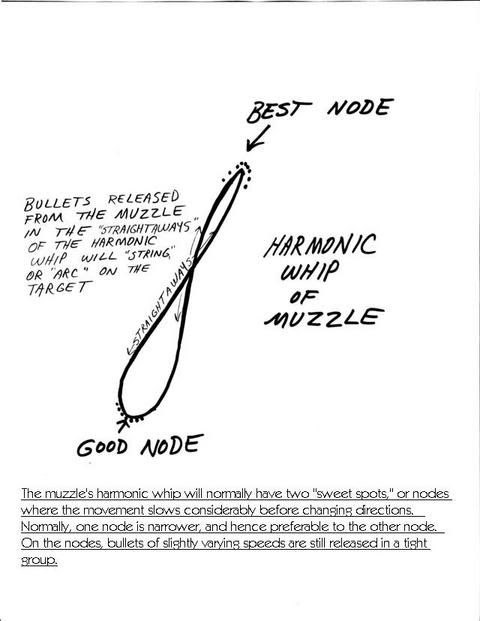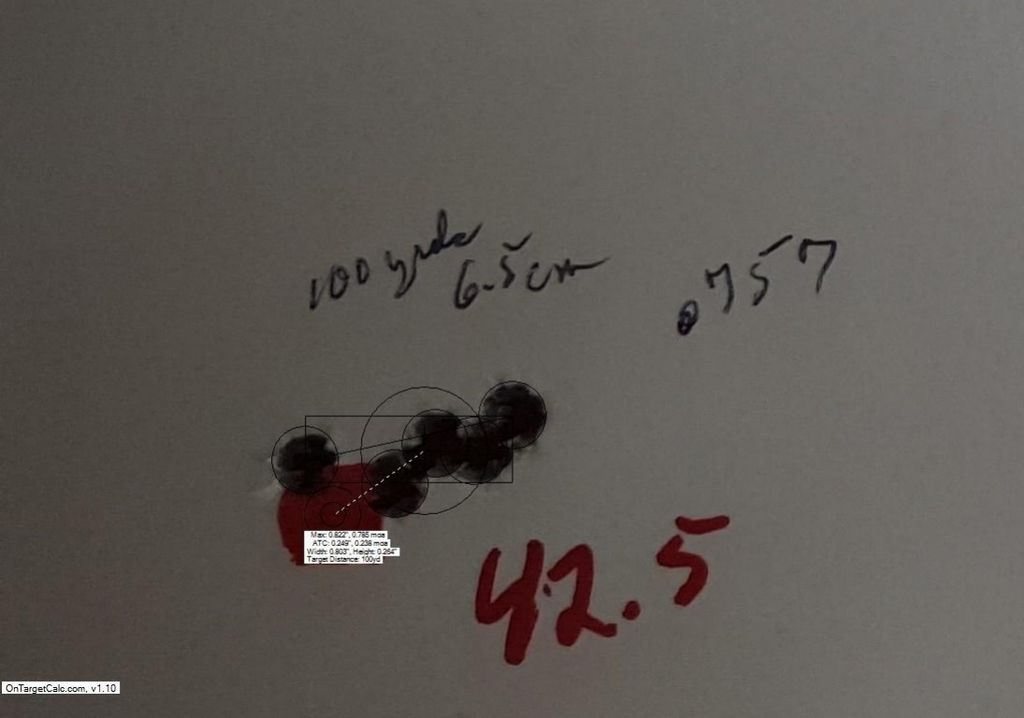I bought some additive for my tumbler. I don't like it in the least. The brass comes out clean. It just has kind of a matt finish not a high shine like the media by itself. I think Im going to scoop out about half if not all and add some new media and never use that stuff again. I think its just a polishing paste. The problem is the paste puts a film on the media so the rouge on the shells are deactivate by being coated. Maybe I put too much in but Im pretty certain its at least close. I think if you are using plain media w/o rouge in it then this might be an improvement. But also by coating the media it sticks inside the cases A LOT more. No likey!!



 Reply With Quote
Reply With Quote








Bookmarks